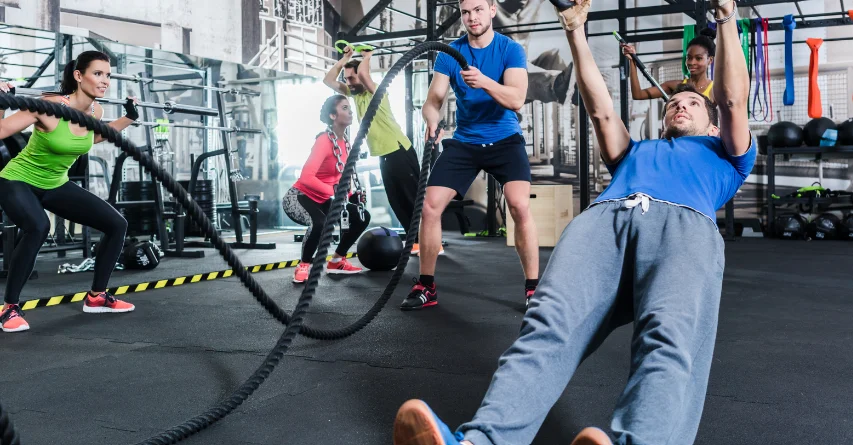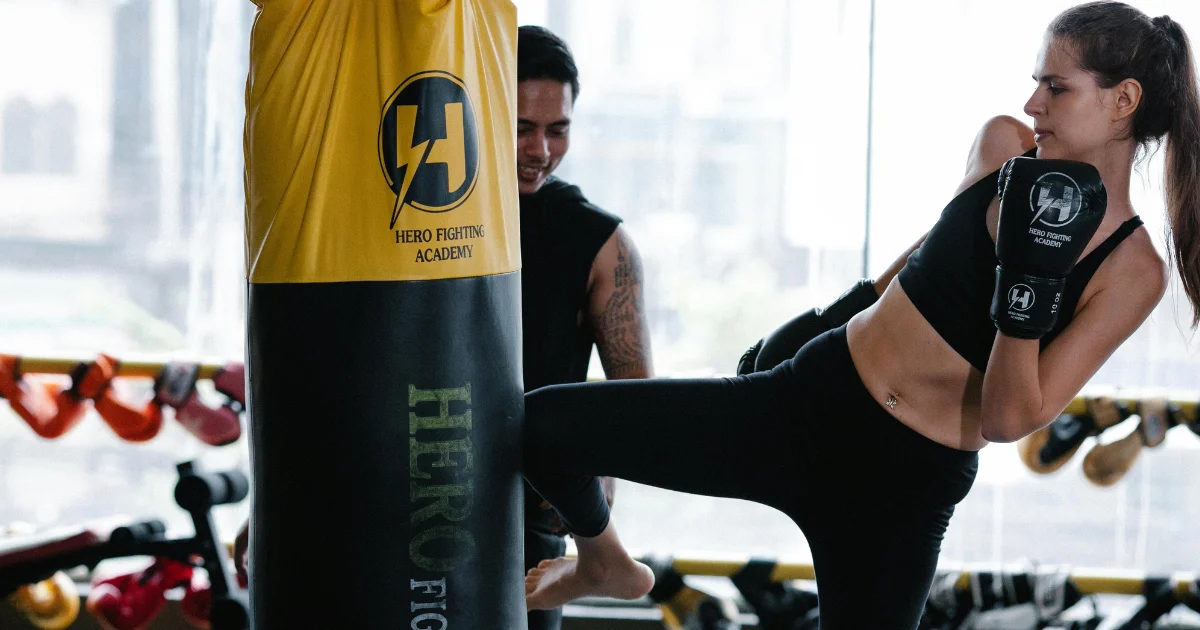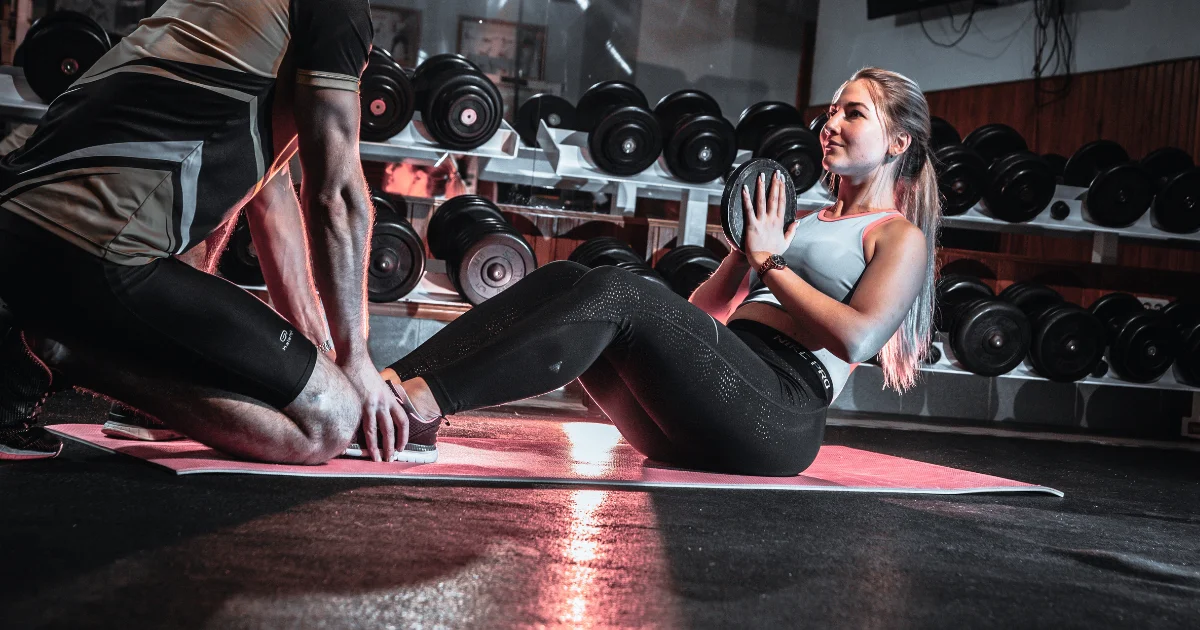Top 10 Active Recovery Workouts for CrossFit Athletes: A Comprehensive Guide
Introduction
When it comes to CrossFit, pushing your limits is the norm. But, to keep improving and prevent injuries, active recovery is a must. Let’s dive into why active recovery is crucial for CrossFit athletes and explore the top 10 workouts that can help you recover faster and perform better.
What is Active Recovery?
Active recovery involves low-intensity exercises that help your muscles heal without putting too much strain on them. Unlike passive recovery, where you rest completely, active recovery keeps your body moving gently, aiding in blood flow and reducing muscle stiffness.
Why Active Recovery is Crucial for CrossFit Athletes
Enhancing Performance
Active recovery helps you bounce back quicker, so you can hit your next WOD (Workout of the Day) with more energy and less soreness.
Reducing Injury Risk
By incorporating active recovery, you’re less likely to overtrain and get injured. It helps in maintaining muscle flexibility and joint mobility.

Accelerating Muscle Recovery
Active recovery increases blood flow to the muscles, speeding up the removal of metabolic waste products and bringing in nutrients necessary for repair.
Top 10 Active Recovery Workouts
Light Jogging or Walking
Benefits
Increases blood flow
Reduces muscle stiffness
How to Incorporate It
A 20-30-minute light jog or walk can be a great way to start your active recovery routine.
Swimming
Benefits
Low-impact on joints
Full-body workout
Tips for an Effective Recovery Swim
Swim at a relaxed pace for about 30 minutes, focusing on smooth, steady strokes.
Cycling
Benefits
Great for cardiovascular health
Low-impact on joints
Best Practices for Recovery Rides
Keep the resistance low and aim for a steady pace for 30-45 minutes.
Yoga
Benefits
Enhances flexibility
Reduces stress
Recommended Poses for Recovery
Focus on gentle poses like Child’s Pose, Downward Dog, and Pigeon Pose for 20-30 minutes.
Foam Rolling
Benefits
Reduces muscle tightness
Improves blood flow
Techniques and Tips
Spend 1-2 minutes on each muscle group, focusing on areas that feel particularly tight or sore.
Dynamic Stretching
Benefits
Increases range of motion
Prepares muscles for movement
Key Stretches for CrossFitters
Include leg swings, arm circles, and hip rotations in your routine for 10-15 minutes.
Rowing
Benefits
Full-body workout
Low-impact
How to Use the Rower for Recovery
Row at a moderate pace for 20-30 minutes, focusing on smooth and controlled strokes.
Elliptical Training
Benefits
Low-impact on joints
Good cardiovascular exercise
Effective Elliptical Workouts
Use the elliptical at a light intensity for 20-30 minutes, keeping your movements steady and controlled.
Bodyweight Exercises
Benefits
Improves muscle endurance
No equipment needed
Suggested Exercises
Include squats, lunges, and push-ups in a circuit for 15-20 minutes at a light intensity.
Tai Chi
Benefits
Enhances balance and flexibility
Reduces stress
How Tai Chi Enhances Recovery
Practice Tai Chi movements for 20-30 minutes, focusing on slow, controlled motions and deep breathing.
Creating an Active Recovery Routine
Frequency and Duration
Aim for active recovery workouts 1-2 times per week, lasting 20-45 minutes each session.
Combining Different Workouts
Mix and match different active recovery exercises to keep your routine varied and engaging.
Nutritional Support for Recovery
Importance of Hydration
Staying hydrated is key to muscle recovery and overall performance.
Key Nutrients for Muscle Recovery
Focus on proteins, carbohydrates, and healthy fats. Foods like lean meats, whole grains, and nuts are excellent choices.
Mental Benefits of Active Recovery
Stress Reduction
Active recovery workouts can significantly lower stress levels, helping you stay mentally sharp and focused.
Improving Focus and Mental Clarity
Regular active recovery can enhance your overall well-being, making you more resilient to stress and improving your mental clarity.
Common Mistakes to Avoid
Overtraining
Even though active recovery is gentle, overdoing it can lead to fatigue and injuries. Listen to your body and rest when needed.
Ignoring Pain Signals
If you feel pain during any activity, stop immediately. Pain is a signal that something might be wrong, and pushing through it can cause serious injuries.
Creating an Active Recovery Routine
Crafting an effective active recovery routine involves more than just picking the right exercises. It’s about understanding your body’s needs and responding appropriately. Here’s how you can create a balanced active recovery routine.
Frequency and Duration
How Often
Incorporate active recovery workouts 1-2 times per week. This frequency allows your muscles to recuperate without hindering your overall training schedule.
Session Length
Each session should last between 20 to 45 minutes. This duration is enough to reap the benefits of active recovery without causing fatigue.
Combining Different Workouts
Variety is Key
To prevent boredom and ensure comprehensive recovery, mix and match different types of active recovery exercises. For example, you could go for a light jog one day, practice yoga the next, and swim on another day.
Sample Routine
Monday: Light Jogging for 20 minutes
Wednesday: Yoga for 30 minutes
Friday: Swimming for 25 minutes
Sunday: Foam Rolling and Dynamic Stretching for 30 minutes
Nutritional Support for Recovery
Nutrition plays a pivotal role in recovery. What you consume before and after your workouts can significantly influence how quickly and effectively your body recovers.

Importance of Hydration
Stay Hydrated
Drinking plenty of water before, during, and after your workouts helps maintain fluid balance, which is crucial for muscle function and recovery.
Electrolytes Matter
Consider incorporating electrolyte-rich drinks, especially after intense workouts, to replenish minerals lost through sweat.
Key Nutrients for Muscle Recovery
Proteins
Proteins are the building blocks of muscles. Consuming protein-rich foods like chicken, fish, eggs, and plant-based options like beans and lentils aids in muscle repair.
Carbohydrates
Carbohydrates are essential for replenishing glycogen stores. Include whole grains, fruits, and vegetables in your post-workout meals.
Healthy Fats
Fats are necessary for hormone production and overall health. Opt for sources like avocados, nuts, and olive oil.
Vitamins and Minerals
Ensure you’re getting enough vitamins and minerals, particularly vitamins C and E, and minerals like magnesium and zinc, which play roles in muscle recovery and reducing inflammation.
Mental Benefits of Active Recovery
Active recovery isn’t just beneficial for your body; it’s great for your mind too.
Stress Reduction
Calming Effects
Engaging in low-intensity exercises like yoga or Tai Chi helps lower cortisol levels, the body’s primary stress hormone.
Mindfulness
These activities often incorporate elements of mindfulness and deep breathing, which can help reduce anxiety and improve overall mental well-being.
Improving Focus and Mental Clarity
Mental Reset
Active recovery can act as a mental reset, giving you time to clear your mind and refocus your thoughts.
Enhanced Mood
Physical activity, even at a low intensity, releases endorphins, which are known to improve mood and combat feelings of depression.
Common Mistakes to Avoid
Avoiding common pitfalls can help you maximize the benefits of your active recovery sessions.
Overtraining
Listen to Your Body
Even though active recovery workouts are low-intensity, doing them too often or for too long can lead to overtraining. Make sure to balance active recovery with complete rest days.

Ignoring Pain Signals
Recognize the Signs
Pain is your body’s way of telling you something isn’t right. Don’t ignore it. If an activity causes pain, stop immediately and consult a professional if necessary.
Additional Active Recovery Tips
Here are some extra tips to enhance your active recovery practices:
Sleep is Crucial
Importance of Rest
Quality sleep is one of the most critical components of recovery. Aim for 7-9 hours of sleep per night to allow your body to repair and rejuvenate.
Massage Therapy
Benefits
Consider incorporating massage therapy into your routine. Massages can help reduce muscle tension, improve circulation, and accelerate recovery.
Contrast Baths
Technique
Alternate between hot and cold water baths. This can help reduce muscle soreness and inflammation.
Relevant Post
An Impressive Guide Deadlift CrossFit Workout in 2024
Conclusion
Incorporating active recovery workouts into your routine can significantly enhance your performance, reduce injury risks, and accelerate muscle recovery. Start with these top 10 active recovery exercises and see the difference they make in your CrossFit journey.




One thought on “Top 10 Active Recovery Workouts for CrossFit Athletes A Comprehensive guide in 2024”